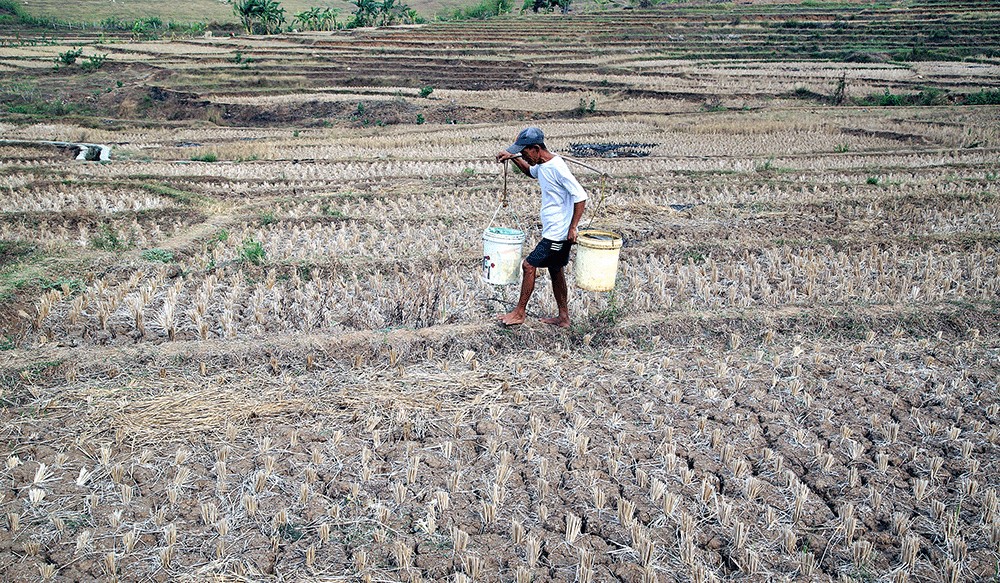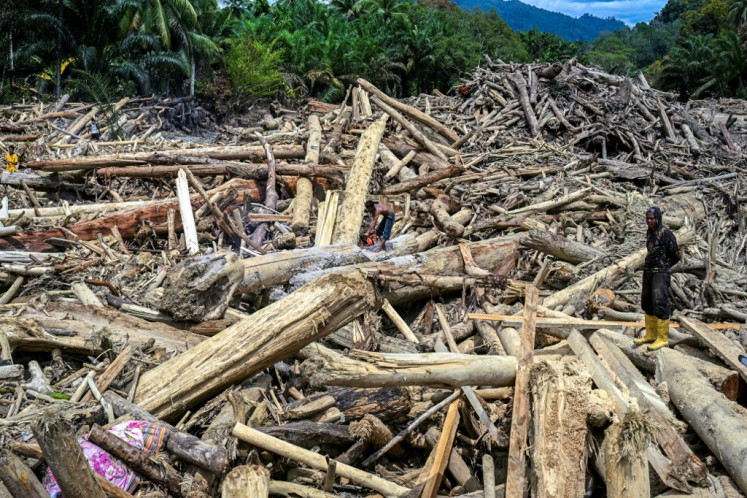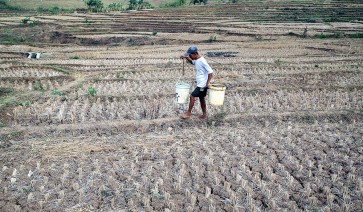Popular Reads
Top Results
Can't find what you're looking for?
View all search resultsPopular Reads
Top Results
Can't find what you're looking for?
View all search resultsReducing losses postharvest rice
Change text size
Gift Premium Articles
to Anyone
I
n a visit to Sragen, Central Java, as part of his campaign for reelection, President Joko “Jokowi” Widodo stressed the importance of improving the quality of paddy drying and milling processes.
Preventing or minimizing the loss of postharvest rice is crucial to increasing supply. According to the World Food Program (WFP), around 30 percent of the total food produced globally for human consumption is lost or wasted, which is equivalent to 1.3 billion tons.
Losses of rice could happen at every stage of the supply chain, mainly when the paddy is harvested, dried and milled. In this regard, modernizing our rice milling practices, particularly during the paddy drying process, can significantly reduce losses.
Statistics Indonesia (BPS), in collaboration with the Agriculture Ministry, has conducted the Paddy to Rice Conversion Rate Survey (SKGB) several times. As reflected by its name, the survey was designed to estimate paddy-to-rice conversion rates, a critical component in estimating the quantity of rice production. However, other essential pieces of information, such as the characteristics of the paddy drying and milling processes, as well as the profile of Indonesia’s rice milling industry, are also provided.
The newest survey conducted last year discovered that the conversion rate of wet paddy to dry unhusked paddy is 83.38 percent, experiencing a substantial 2.64 percentage point decline compared to the result of the 2005-2007 survey, which was around 86.02 percent. The figure means that approximately 16.62 percent of the total production of wet paddy is lost during the drying process, primarily due to the change in moisture.
However, two main issues around the methodology must be taken into account when comparing the results of the latest survey with the previous one.
First, the 2005-2007 survey made use of the purposive method instead of a probability sampling method as in the 2018 survey. As a consequence, the representative samples became an issue.


















